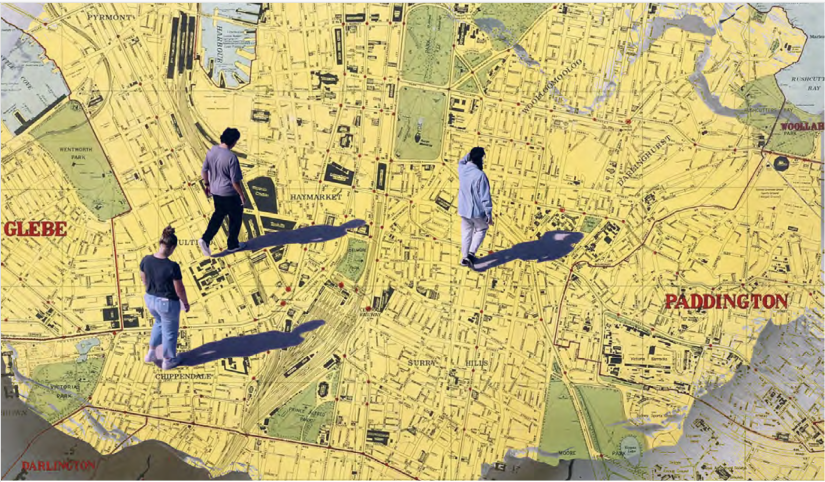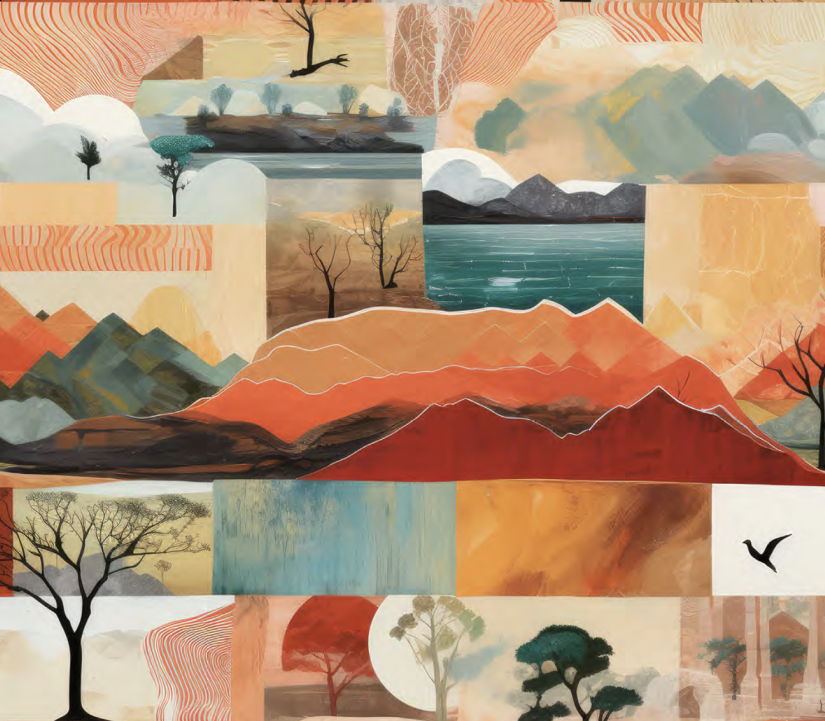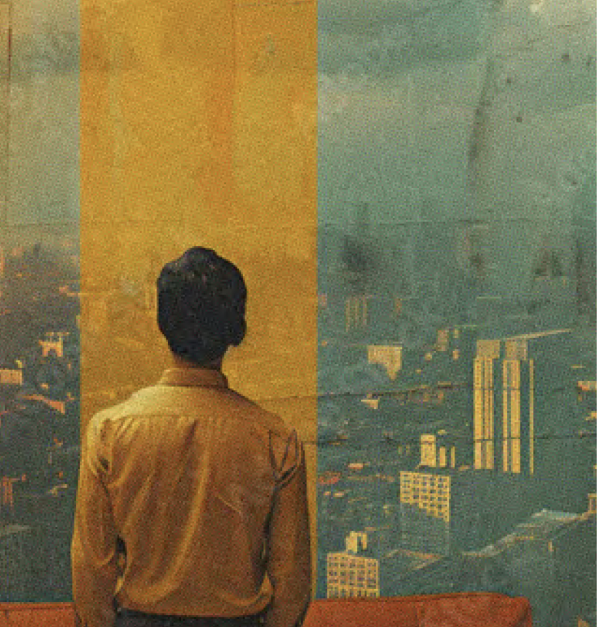Understanding the way Australian people, places and events are represented by Wikipedia has never been more important than at this moment in history.
The rise of generative AI is transforming the global knowledge environment, and Wikipedia forms its essential infrastructure.
Wikipedia is a free online encyclopedia launched in 2001 with the aim of compiling the world’s knowledge. Today, it’s being used to train large language models such as ChatGPT, and it provides the data for Google infoboxes and voice assistants like Siri and Alexa.
As part of a three-year ARC Discovery Project, we’re undertaking the first study of how Wikipedia represents Australia. As part of this work, we analysed over 35,000 articles about Australian places on English Wikipedia and conducted in-depth interviews with several editors of Australian place articles.
We found that Australian places are represented from a primarily human, white-settler, perspective. While there are more than 1,000 articles describing places in the large capitals of Perth, Adelaide, Melbourne, Sydney and Brisbane, there are very few articles on places outside these cities and very few from the arid centre.

Articles on First Nations, ecological, or cosmopolitan senses of place struggle to get a look in. Yet there is reasonable coverage of fictional Australian places derived from pop culture, such as Erinsborough from Neighbours, Mount Thomas from Blue Heelers, and Summer Bay from Home and Away.
While Wikipedia is generally a very high-quality source, we found its information can be biased through omission.
For example, the Katoomba page makes no mention of the forcible removal in 1957 of Darug and Gundungurra peoples from their homes in Garguree, a tract of land in the middle of the town. This is despite a paragraph describing Garguree, how it has been declared an Aboriginal Place and how it is an “area with a long history of occupation by the Gundungurra and Darug” peoples.
Omissions like this do not indicate some objective consensus about their lack of importance or notability, but are rather the result of Wikipedia’s processes.
The way Wikipedia categorises information, its policies and norms and its Western-centric understanding of space and place all discount ideas outside of Western constructs, such as Country.
Wikipedia editors are volunteers who devote hours to the project for free. They care about Wikipedia and understand its importance – but they don’t reflect all Australia’s people, or all knowledge about Australian places.
Our research, the first to engage with who edits articles about Australia on English Wikipedia, suggests most participants are white men across a range of ages who are tech-savvy, have access to a computer, and are well-educated.
Sometimes, the absences, omissions and sanitised views in Wikipedia are the result of editors’ discomfort with negative aspects of a place or its history, or their wish to avoid conflict with other editors.
Editors regularly debate how to represent the world from a range of possibilities. Sometimes they argue over a topic – often for years – and undo (‘revert’) each other’s edits. The most contentious articles are those around republicanism, colonisation and the inclusion of First Nations place names.

For example, we found a short article on Barmah National Park had text added to it 70 times, with more than half (39) of those edits reverted. The reason was a long-running dispute over whether horses in the national park should be considered as “wild” or “feral.”
Examples like this reflect conflicts, emotions and anxieties in Australian society. Some editors avoid contentious articles entirely, while others who are interested in including marginalised voices and filling in the in gaps in Wikipedia report being met by reluctance or even active resistance and racism.
Our research has important implications. For Wikimedia Foundation and Wikipedia editors, there are significant implications for implementing the recommendations of Thorpe, Sentence and Booker and Carlson and Rana to improve engagement with First Nations content and experience.
For policymakers, our findings highlight the importance of incorporating critical digital literacy skills into curricula to improve the way we evaluate the information we receive every day.
We all need to understand why people and places are represented in the way that they are – that Wikipedia articles are products of negotiation and practice on behalf of the editors, their understanding of Australian places and what it means to be Australian.
Every time you engage with Wikipedia – or with its data when you use a voice assistant or generative AI – remember that while it’s influential, it’s also partial. Understanding its biases and weaknesses and searching beyond Wikipedia and other online syntheses may bring us all closer to the truth.
Author information
Associate Professor Heather Ford is an Australian Research Council Future Fellow and an academic in the School of Communications at UTS.


